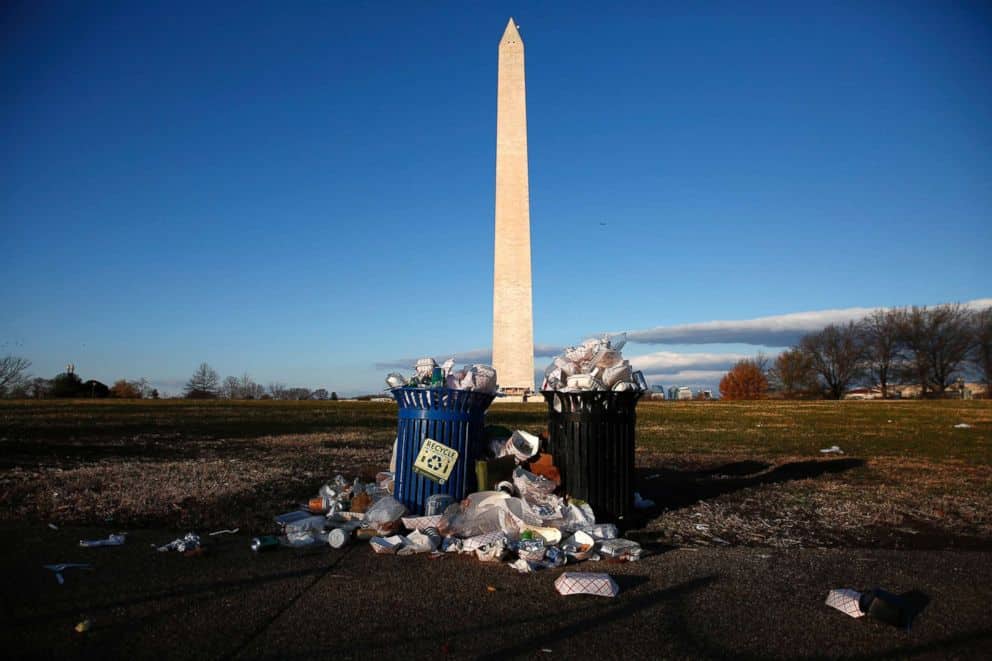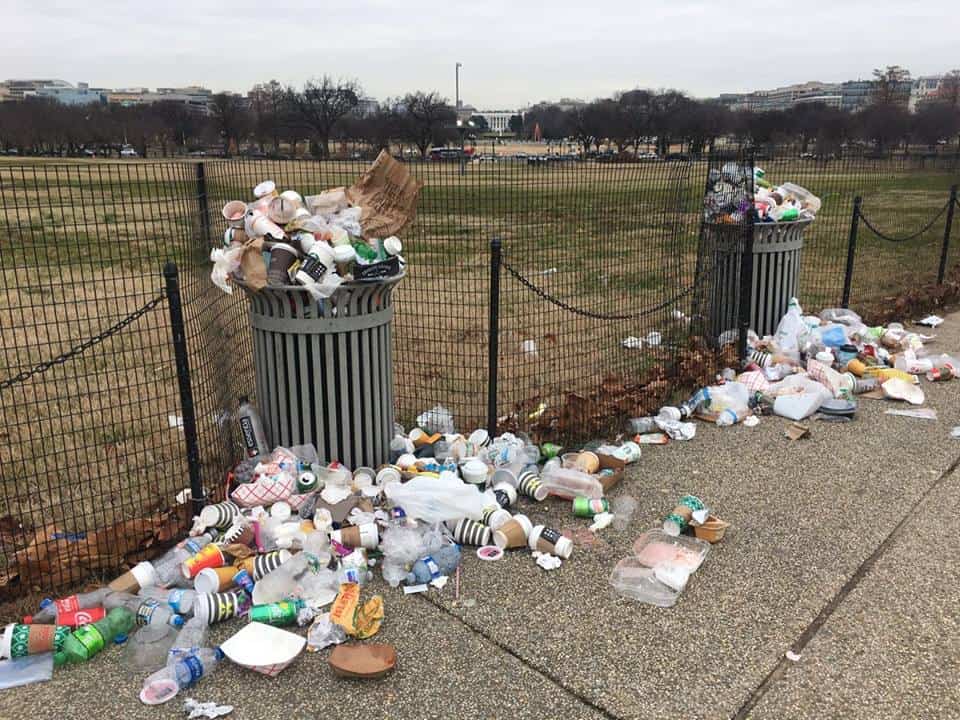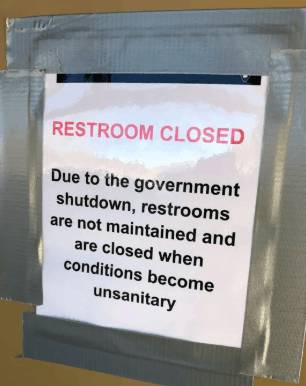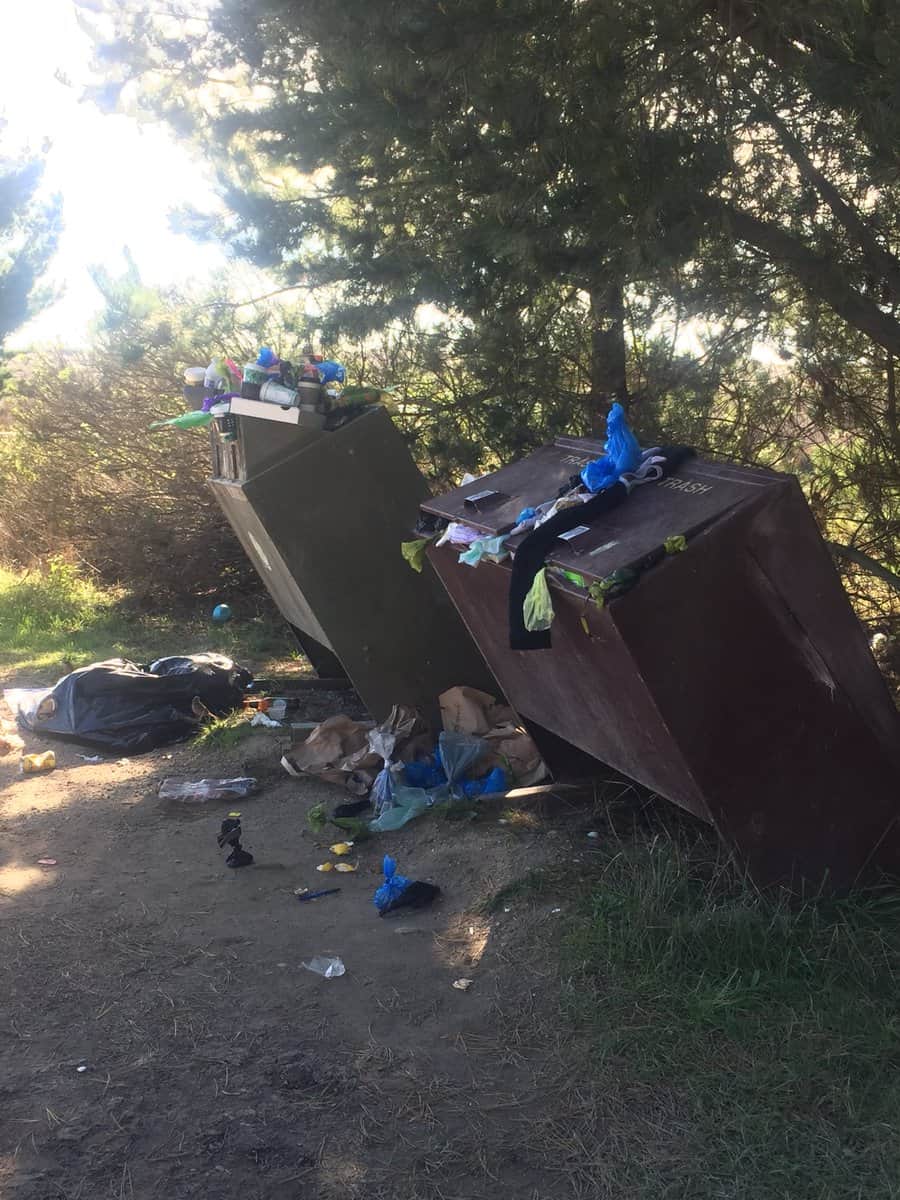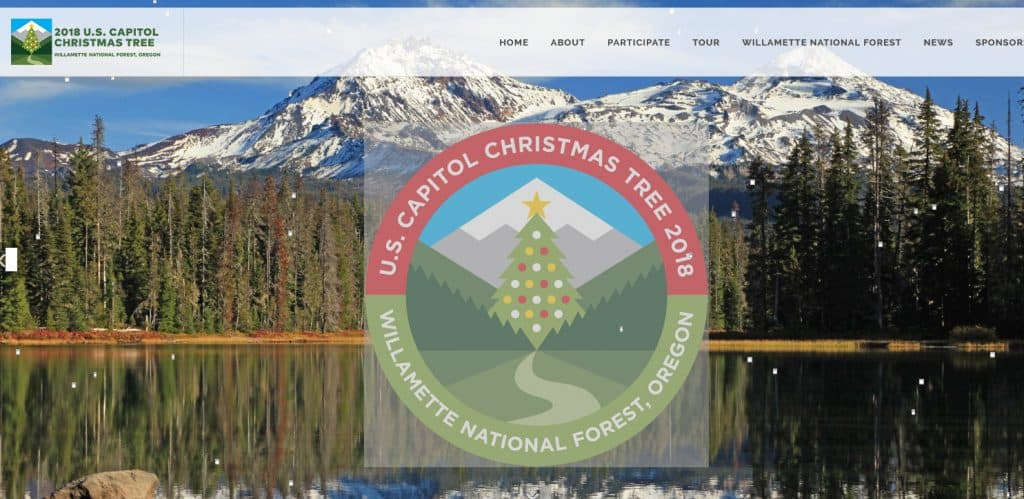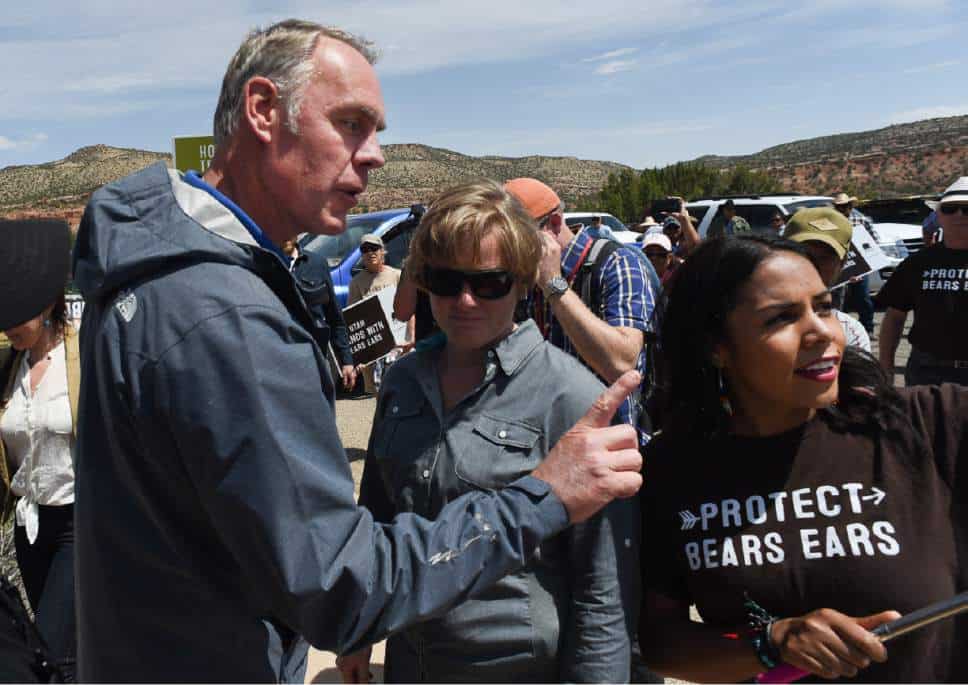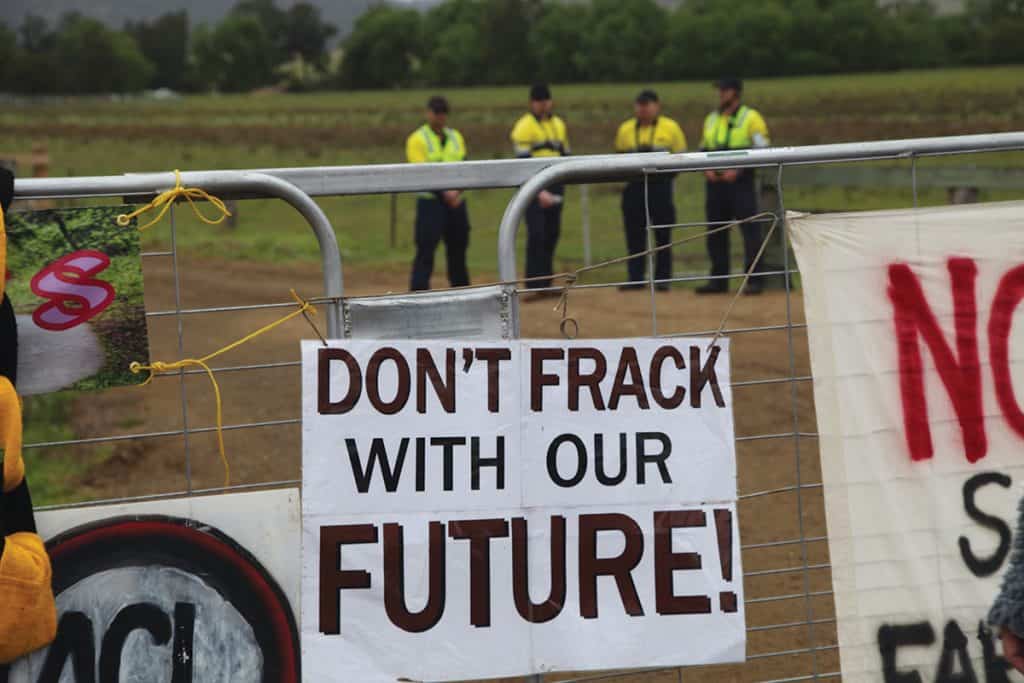 During the government shutdown, I thought I’d run some posts about other organizations involved in the same kinds of issues as the Forest Service and see if they run into the same kinds of problems, and whether they’ve found solutions. It’s kind of a “you’re not alone” or “it’s not just you” approach.
During the government shutdown, I thought I’d run some posts about other organizations involved in the same kinds of issues as the Forest Service and see if they run into the same kinds of problems, and whether they’ve found solutions. It’s kind of a “you’re not alone” or “it’s not just you” approach.
This piece is by Tisha Schuller with the tagline “After years on the front lines of Colorado’s energy fights, here’s what I’ve learned about why natural resource issues are so divisive—and what to do about it.” The piece is well worth reading in its entirety. Thanks to PERC for providing the link.
Some women enter the field, as Schuller did, with the idea of peace-making. I wonder whether there’s a gender difference (not 100%, of course) in the attitude of folks like her, compared to what Chief Thomas called “paid gladiators”? The kind of people who think that if we all understood each other better, had compassion for each other, and worked together, we could make the world a better place despite our differences? Let’s keep an eye out for these potential environmental peacemakers (Patty Limerick is another).
Needlessly Dividing
To prevent the emotional discomfort of cognitive dissonance, we surround ourselves with like-minded people. The informational echo chambers allow us to experience more day-to-day harmony. By feeding ourselves news and intellectual conversations that reinforce our beliefs, attitudes, and behaviors, we create a cycle that further exacerbates the certainty of our own perspective.
This makes the exploration of scientific information quite challenging, especially amidst our polarized national politics. Loud, soundbite-spewing voices are needlessly dividing conversations about our environmental, natural, and economic resources. With this backdrop, intelligent conversations about tradeoffs of energy development become nearly impossible. In a cooler political climate, inhospitable to ill-founded passions, smart and reasonable people would discuss evidence concerning fracking. How I long for this elusive place.
…
Monitoring.. Or Maybe Not
The voluntary baseline sampling program was a clear success. It demonstrated that operators were willing to be proactive to assuage public concerns. A year later, the program would be codified as a state regulation with official COGA support. Today, tens of thousands of water sampling data are publicly available. The new mountain of data took the question of whether oil and gas development was systematically contaminating groundwater off the table. It was not.
The program, however, did nothing to resolve the conflicts around oil and gas development in Colorado. Public concern about oil and gas development quickly morphed into new issues. Initially, I was surprised. Each time one topic was resolved by a study or a new regulation, the next surfaced seemingly instantaneously. Now I understand the dynamic more clearly: Communities were concerned about fracking in their hearts and their guts, so they would find no shortage of new issues to worry about.
..
Difficult Conversations
Combining all of these biases, we can begin to understand why having a conversation about resource conflicts is so difficult. Cognitive dissonance makes us seek out sources of information that we are likely to agree with. We hear data that fit our worldview. Then source amnesia and the repetition effect kick in. All of this is exacerbated by the most familiar of all biases: confirmation bias. We seek out sources of information that confirm what we believe and dismiss the data that doesn’t. The result is the opposite of a virtuous cycle.
